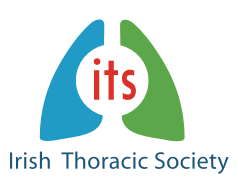NASAL HIGH-FLOW VERSUS VENTURI MASK OXYGEN THERAPY AFTER EXTUBATION EFFECTS ON OXYGENATION, COMFORT AND CLINICAL OUTCOME (Maggiore SM et al. Am J Respir Crit Care Med. 2014 Aug 1: 190(3):282-8)
Link to original journal article
This study was done in two Italian ICUs who randomized 105 patients who were mechanically ventilated for > 24 hours, passed a spontaneous breath trial and had a PaO2:FiO2 <300, to receive supplemental oxygen post extubation by Venturi mask or nasal high low device (NHF) for up to 48 hours. PaO2:FiO2 ratios were significantly greater in the NHF group at 24 hours (p=0.004), 36 hours (p=0.0003) and 48 hours (p=0.01). SaO2 was higher and respiratory rate was lower in this group, with less episodes of desaturation. NHF also had lower discomfort. Finally NHF patients had less respiratory failure requiring NIV (p=0.042) and re-intubation (p=0.005)
Final statement Nasal High-Flow oxygen is associated with better PaO2:FiO2 ratios, higher SaO2, lower respiratory rate, less use of NIV, less intubation and better patient comfort post extubation.
REAPPRAISAL OF ROUTINE ORAL CARE WITH CHLORHEXIDINE FLUCONATE FOR PATIENTS RECEIVING MECHANICAL VENTILATION: SYTEMATIC REVIEW AND META-ANALYSIS (Klompas et al. JAMA Intern Med. 2014 May: 174(5):751-61)
Link to original journal article
This meta-analysis looked at sixteen RCTs comparing oral care with chlorhexidine vs placebo among mechanically ventilated patients. There were fewer lower LRTIs among cardiac surgery patients treated with chlorhexidine but no difference in ventilator associated pneumonia (VAP). There was no difference in mortality and no differences in duration of mechanical ventilation or ICU stay.
Final statement: Chlorhexidine oral care is associated with reduced LRTI, but no different in VAP, mortality, duration of mechanical ventilation or ICU stay.
To download a pdf of this information, please click here.
